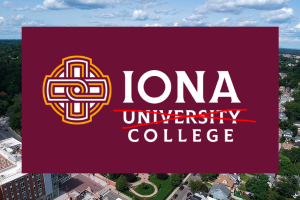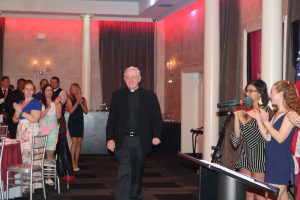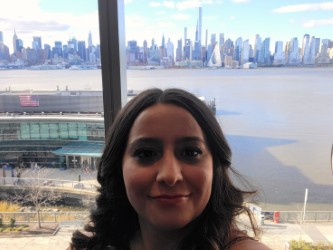Salvaging art’s future
April 12, 2017
Pablo Picasso once said, “Every child is an artist. The problem is how to remain an artist once we grow up.”
On March 16 it was announced that President Trump and his administration are planning on abolishing the National Endowment for the Arts (NEA) — I was heartbroken.
Art has always been an inspiration for me and has allowed me to express myself. I have loved it from a young age, and towards the end of the fall semester, I declared a visual arts minor.
It made me think of Picasso quote and I thought to myself, “How can a child remain an artist if the NEA could be taken away?”
The NEA was founded in 1965 and has been giving grants to communities all over the United States of America. My confusion with President Trump and his administration is why take a recognizable independent federal agency and take it away?
According to the NEA Quick Facts Funding Distribution and Impact, 30 percent of their funding goes to small organizations, 35 to medium organizations and the last 35 go to larger organizations. Most of these organizations help poorer communities learn and experience the culture and impact of art.
“40 percent of NEA-supported activities take place in high-poverty neighborhoods. 36 percent of NEA grants go to organizations that reach underserved populations such as people with disabilities, people in institutions and veterans. 33 percent of NEA grants serve low-income audiences,” the website said.
I had found a recent study, “The Social Wellbeing of New York City’s Neighborhoods: The Contribution of Culture and the Arts” from the University of Pennsylvania by Mark J. Stern and Susan C. Seifert. The study was just published March 2017 and explained the value of culture.
“Culture does not ’cause’ better health or less crime. Rather, these finding suggest that cultural resources are integral components of a neighborhood ecology that promotes social wellbeing,” Stern and Seifert said.
They also mentioned that some poorer parts of New York do not have some cultural resources like parts of the Bronx, Queens and Brooklyn. Stern and Seifert suggested that being more involved in your community and attend Town hall meeting can make a difference. I agree voicing what can benefit the community will inspire others and work together. For instance, adding more art museum or programs would be great ideas.
We can make a difference and help promote the importance of art culture.
I think it is never too late to get involved with the art community. Students can declare a visual arts minor, attend the Brother Kenneth Chapman Gallery exhibitions to show support or work as an art sitter at the BKC gallery.
A co-worker of mine from the gallery, freshman Dollie Tran, attends its exhibitions as well.
“I think it’s great being a sitter because I get to see different types of art and when the artists come to the gallery, I get to listen to their process and learn about their inspirations,” Tran said.
Professor Thomas Ruggio, an assistant professor at Iona, said that keeping NEA funding is crucial.
“Support for the National Endowment for the Arts goes is incredibly important right now as we are in jeopardy of seeing this essential funding disappear due to federal budget cuts,” Ruggio said. “ My hope is that the current administration will heed the lessons of history and see how necessary the NEA is, and not just for artists, but also for the American public, so that the arts can continue to contribute to and nourish all of our lives.”
These clearly are key education tools to help preserve the NEA. I think learning about the subject and craft first can enlighten people’s view on art.
In fact, there are several more visual art courses to take and other arts minors to declare as well. Art is universal and it does not matter if it is visual arts, dance, music, theatre or literature because the NEA supports them all.
If you would like to learn more about the NEA and becoming a visual arts minor, please go to www.arts.gov or contact Thomas Ruggio [email protected].






